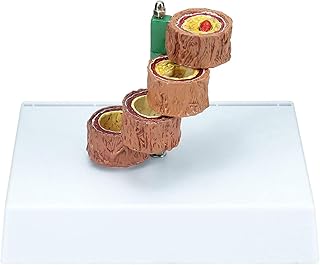In a quest to develop a mouse model for cancer-associated thrombosis (CAT) studies, researchers implanted an ameroid constrictor (AC) around the inferior vena cava (IVC) and aorta of immunocompromised mice. This innovative model aimed to replicate human deep vein thrombosis (DVT) more accurately than traditional models, which often obstruct blood flow in the IVC. By evaluating thrombus formation post-AC implantation, researchers observed similarities to human thrombi, particularly in the subacute to chronic stages.
CAT significantly impacts cancer patients’ survival rates, with venous thromboembolism (VTE) incidence rising despite advancements in cancer treatment. Traditional DVT models in mice involve ligation of the IVC, which may not precisely replicate human venous thrombosis due to blood flow termination. In contrast, the AC model maintained IVC blood flow while demonstrating reproducibility in thrombus formation, essential for CAT research.
The IVC-H model’s success relied on precise IVC branch processing to ensure stable thrombus formation. By comparing thrombi from different time points post-AC implantation, researchers observed an evolution from acute to subacute to chronic thrombi characteristics. Notably, the AC model showed a significant increase in monocyte/macrophage infiltration and collagen content in thrombi over time, mirroring human venous thrombosis patterns.
Histopathological examinations of thrombi revealed differences in collagen, fibrin, and platelet content between acute and subacute to chronic stages, reflecting human thrombus composition. The AC model’s ability to generate reproducible thrombi while maintaining IVC blood flow offers a promising platform for studying anticancer drug-induced DVT and anticoagulant development in the context of CAT.
Further research is warranted to explore the mechanisms underlying IVC stenosis in the AC model and its implications for thrombus formation. By refining this mouse model, researchers can deepen their understanding of CAT pathophysiology and explore novel treatments for cancer patients at risk of VTE.
📰 Related Articles
- Son Honors Mother’s Memory with Marathon Fundraiser for Cancer Research
- Former AFL Players Run Marathons for Brain Cancer Research
- Dromara Community Raises £12,000 for Cancer Research Initiative
- Domain Industry Leaders Rally for Cancer Research Fundraising Effort
- Dedicated Greyhound Enthusiast Champions Brain Cancer Research Cause






